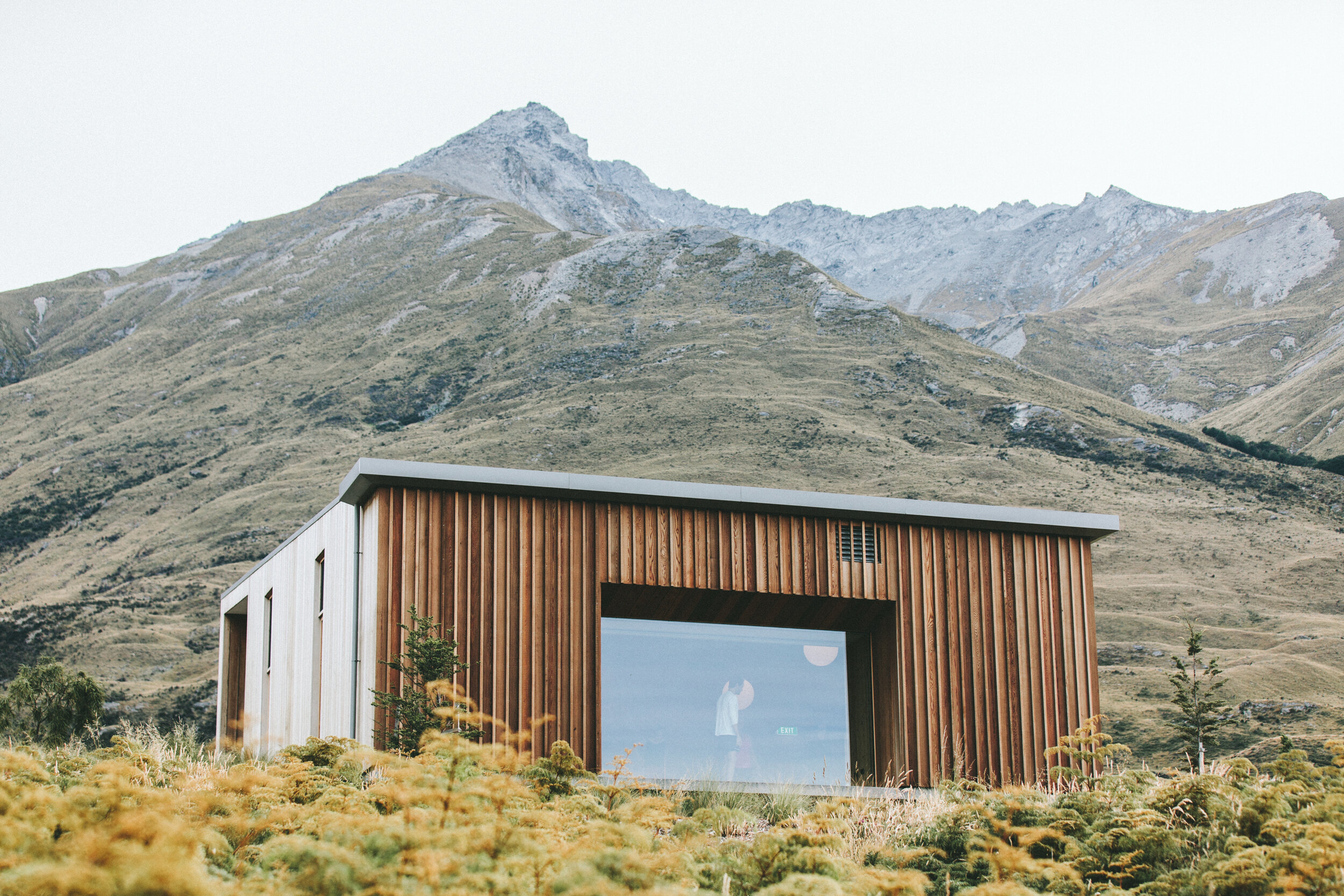Program Overview
At Little Lingüistas Academy, our program is built upon an integrated, immersive approach to learning — represented by our Spanish Immersion Umbrella. Under this umbrella, students engage in a rich academic experience where language is the medium of learning, not just the subject.
Our core program components — Content-Based Instruction, Project-Based Learning, Literacy & Language Development, and Cultural Arts — form the "ribs" of this umbrella, supporting and shaping every learning experience. Through these components, students explore Science and Social Studies aligned with NC and NGSS standards, engage in hands-on projects that foster 21st century skills, build strong literacy and language proficiency in Spanish, and develop cultural appreciation through Art, Music, and Dance.
Beneath this umbrella, students grow in bilingualism, cognitive and critical thinking skills, collaboration, creativity, and cultural competence — skills that will serve them for a lifetime. Every learning experience is designed to weave together language, content, and culture, creating a joyful and academically rigorous environment where children thrive.
At Little Lingüistas Academy, we use a Three-Year Curriculum Rotating Schedule to ensure that students experience a comprehensive, engaging, and academically rigorous Spanish immersion education. This model allows children who stay with us for multiple years to encounter new content each year, while continuing to build Spanish language proficiency and deepen their understanding of academic concepts.
The table shows how the rotation works across our three instructional bands:
Semillitas (Preschool, ages 3–5): Students engage in 24 thematic units, cycling through 8 different themes each year. These themes promote language acquisition, early literacy, social-emotional growth, and academic readiness through rich, play-based, and inquiry-driven experiences.
Brotitos (Kindergarten–2nd Grade): Each year, students study grade-specific content in Social Studies and Science, aligned with NC Standards and NGSS, delivered entirely through Spanish. This rotation (Kindergarten → 1st Grade → 2nd Grade) allows for continuity of content and a progressive deepening of academic vocabulary and concepts.
Plantitas (3rd–5th Grade): Older students engage with upper elementary content in Social Studies and Science, progressing from 3rd to 5th grade standards. This model prepares students for advanced academic work and supports the development of academic Spanish, critical thinking, and project-based learning outcomes.
By using this rotating model, we create a dynamic and balanced experience where students continuously build Spanish proficiency, academic content knowledge, and 21st century skills — no matter when they enter the program or how many years they attend.
Core Components of the Immersion Program
-

CBI + PBL Block
At Little Lingüistas Academy, we go beyond traditional language classes. Our students learn through Spanish, using it as the language of instruction for rich academic content. This approach is known as Content-Based Instruction (CBI) — an internationally proven model for language immersion programs.
In CBI, Spanish is not taught in isolation; it is the medium of learning through which students explore Science, Social Studies, and Literacy. Through meaningful content, students acquire language naturally, in authentic context, while building deep conceptual understanding across academic disciplines. This makes learning both more engaging and more effective for long-term language growth — children learn Spanish because they need Spanish to learn.
But we take CBI one step further. To foster critical thinking, collaboration, creativity, and real-world relevance, we intentionally integrate Project-Based Learning (PBL) into our instructional model.
In our classrooms, students don’t simply study facts — they ask big questions, explore meaningful problems, and design projects that reflect their learning. A Science unit might culminate in building models, presenting findings, or leading a classroom demonstration — all in Spanish. A Social Studies unit might involve developing a community map, interviewing family members, or organizing a cultural celebration, with all communication, research, and presentation conducted in Spanish.
Throughout the process, teachers provide intentional language scaffolding, ensuring that students at all proficiency levels can participate fully — speaking, listening, reading, and writing in Spanish as they engage in rich academic work. Spanish becomes both the vehicle for learning and the outcome of learning.
By combining CBI and PBL, our program creates an immersion experience that is:
- Deeply engaging and meaningful
- Academically rigorous
- Rich in opportunities for authentic language production (speaking, writing, reading, listening)
- Aligned with 21st century skill development
- Inclusive of learners at all levels of Spanish proficiency
Our students don’t just learn Spanish — they think in Spanish, create in Spanish, and communicate in Spanish — while mastering core academic content and growing as curious, collaborative, and culturally aware citizens.
-

Literacy Block
We believe that literacy development is at the heart of bilingual education. Our dedicated Literacy Block provides structured time each week for students to develop listening, speaking, reading, and writing skills in Spanish — all carefully differentiated to meet them where they are.
Because we welcome children with a wide range of Spanish proficiency levels, from beginners to native speakers, the Literacy Block is designed to be flexible, inclusive, and personalized. Here's how it works:
Initial Assessment & Ongoing Progress Monitoring
At the beginning of the year (and throughout the year), we assess each student's Spanish language and literacy level, using tools such as iStation Español and teacher-led assessments. This allows us to group students flexibly and target instruction to their needs.Small Group Differentiated Instruction
During the Literacy Block, students work in small groups or learning centers based on their current language and literacy level. Groups are fluid and flexible — as students grow, they move into new groups and take on new challenges.For beginners: We focus on developing oral language, listening comprehension, and early reading readiness through rich, interactive experiences. These students build confidence and a strong foundation in Spanish while beginning to engage with print and writing at an appropriate pace.
For intermediate learners: We target phonics, reading fluency, vocabulary development, and sentence construction, helping students move from oral fluency to literacy fluency.
For advanced learners and heritage speakers: We provide complex texts, writing projects, grammar refinement, and academic language development, ensuring that students continue to deepen their Spanish literacy and are appropriately challenged.
Whole Group Language-Rich Experiences
In addition to small group work, all students participate in shared reading, storytelling, songs, and interactive literacy activities that build comprehension, cultural understanding, and language enjoyment across the entire community.Why All Levels Can Join
Because we structure the Literacy Block with flexible groupings and differentiated instruction, students at any level of Spanish proficiency can thrive in our program:- Beginners build a strong oral and early literacy foundation
- Intermediate learners accelerate toward literacy fluency
- Advanced learners and heritage speakers engage with complex, enriching literacy experiencesEvery child is supported in growing at their own pace, with the goal of helping all students become confident, joyful speakers, readers and writers in Spanish.
-

Cultural Arts Block
Our Cultural Arts Block is a joyful, immersive experience where students explore the rich artistic traditions of the Spanish-speaking world while continuing to develop their language skills in meaningful, authentic contexts.
The block is carefully designed to integrate Art, Music, and Dance with language learning and cultural exploration. Each class is conducted in Spanish immersion, giving students opportunities to hear, speak, and interact in Spanish as they create, move, and perform.
Art: Students explore the visual arts of the Spanish-speaking world, learning about influential Hispanic and Latin American artists, traditional crafts, and modern expressions of creativity. Through projects such as painting, sculpture, textile arts, and mixed media, students build both artistic skills and academic Spanish vocabulary related to color, form, materials, technique, and cultural significance.
Music: Students engage with traditional, folk, and contemporary music from Spanish-speaking cultures. They learn to sing in Spanish, explore rhythms and instruments from diverse regions (such as maracas, cajón, bongos, guitar), and develop an understanding of music as a cultural expression. Music instruction supports listening comprehension, pronunciation, and fluency while connecting students to the vibrant soundscape of Hispanic cultures.
Dance: Movement and dance are powerful ways for students to experience and embody culture. Students learn styles such as salsa, cumbia, flamenco, bachata, and other folk dances, gaining a kinesthetic understanding of cultural traditions. Dance classes provide rich opportunities for oral language practice as students follow instructions in Spanish, learn dance terminology, and participate in group activities that foster collaboration and community.
Language Integration:
Throughout the Cultural Arts Block, teachers use content-based language instruction — introducing and reinforcing vocabulary, structures, and expressions tied to each artistic discipline. Students are encouraged to speak Spanish naturally during activities, ask questions, describe their work, and reflect on cultural connections — all in an environment where language and culture are experienced as inseparable.Why It Matters:
The Cultural Arts Block is not an “extra” — it is an integral part of our immersion model. By engaging the whole child through creative expression, movement, and music, we deepen language acquisition and foster a love for Hispanic cultures. Students come to see Spanish not only as an academic language, but as a vibrant, living means of artistic, personal, and cultural connection.



